Step into a sunflower field, and you step into a world buzzing with life and possibility. But beyond their vibrant blooms, sunflowers hold immense promise as a catalyst for regenerative farming practices. But what makes sunflowers such game-changers in the realm of regenerative agriculture? How are they paving the way towards a brighter and more resilient future? Let’s talk about it.
What is Regenerative Farming?
Regenerative farming isn’t just about what happens on the farm; it’s a promise to our planet and the generations to come. In a lot of ways, it’s like going back to the basics of farming, as it works in harmony with nature’s rhythms. Regenerative farming encompasses several core principles:
- Building Soil Health: Practices must enhance, rather than deplete, the soil.
- Increasing Biodiversity: Farms should resemble natural ecosystems and be welcoming to a wide array of flora and fauna.
- Carbon Sequestration: Regenerative farms act as carbon sinks and reduce atmospheric CO2.
- Enhancing Water Cycles: Practices here prevent erosion and manage water in consideration of the regional climate.
- Restoring Genetic Diversity: A mixed-crop approach helps guard against diseases and pests.
The hallmark of regenerative farming is its holistic approach, as it strives for harmony between the needs of the farmer, the health of the soil, and the well-being of the planet. That’s something we can get behind!
Sunflowers Pave the Way For a Brighter Future
Sunflowers, with their deep root systems and ability to thrive in diverse environments, embody the core ethos of regenerative farming—work with nature, not against it. Here are just a few ways sunflower cultivation can give back to the environment:
1. Crop Rotation and Mixed Crops
Sunflowers work wonders in crop rotation cycles, as they break the cycle of pests and diseases that can build up in monoculture fields. Sunflowers are often grown alongside other crops in mixed cropping systems, which enhances biodiversity and promotes soil health.
2. Improving Soil Health
Sunflowers have deep taproots that help to break up compacted soil, which improves its structure and allows water and nutrients to penetrate more easily. In addition, with their vast root system, they can clean up the soil which makes them perfect for fields that are in need of restoration.
3. Biodiversity on the Farm
The bright petals of sunflower fields attract more than just human admirers—they’re also havens for pollinators and homes for birds. In this way, sunflowers are the anchor to a web of biodiversity that lies at the very center of a regenerative farm.
4. Nutrient Cycling and Soil Fertility
As sunflowers grow, they absorb significant amounts of nutrients from the soil, which they later release when they decompose. This process contributes to the cycling of nutrients, which enriches the soil and enhances its fertility for future crops.
5. Natural Pest Management
Sunflowers act as natural pest repellents, as they attract beneficial insects like ladybugs and lacewings, which prey on harmful pests. This reduces the need for synthetic fertilizers and pesticides, which leads to happier and healthier ecosystems!
Sunflowers and the Future of Regenerative Farming
Looking to the horizon, we see sunflowers offering much more than their sunny disposition. They have the potential to weather the storms of climate change, which could contribute to food security and sustainable livelihoods for farmers. With their roots running deep and their heads held high, sunflowers could be the seeds of change we need.
At Lattini, we are passionate about the potential of sunflowers and their role in regenerative agriculture. From our fields to your table, our commitment is unwavering. Experience the essence of sunflowers with Lattini Sunflower Milk – every sip is a step towards a more vibrant and sustainable future.


